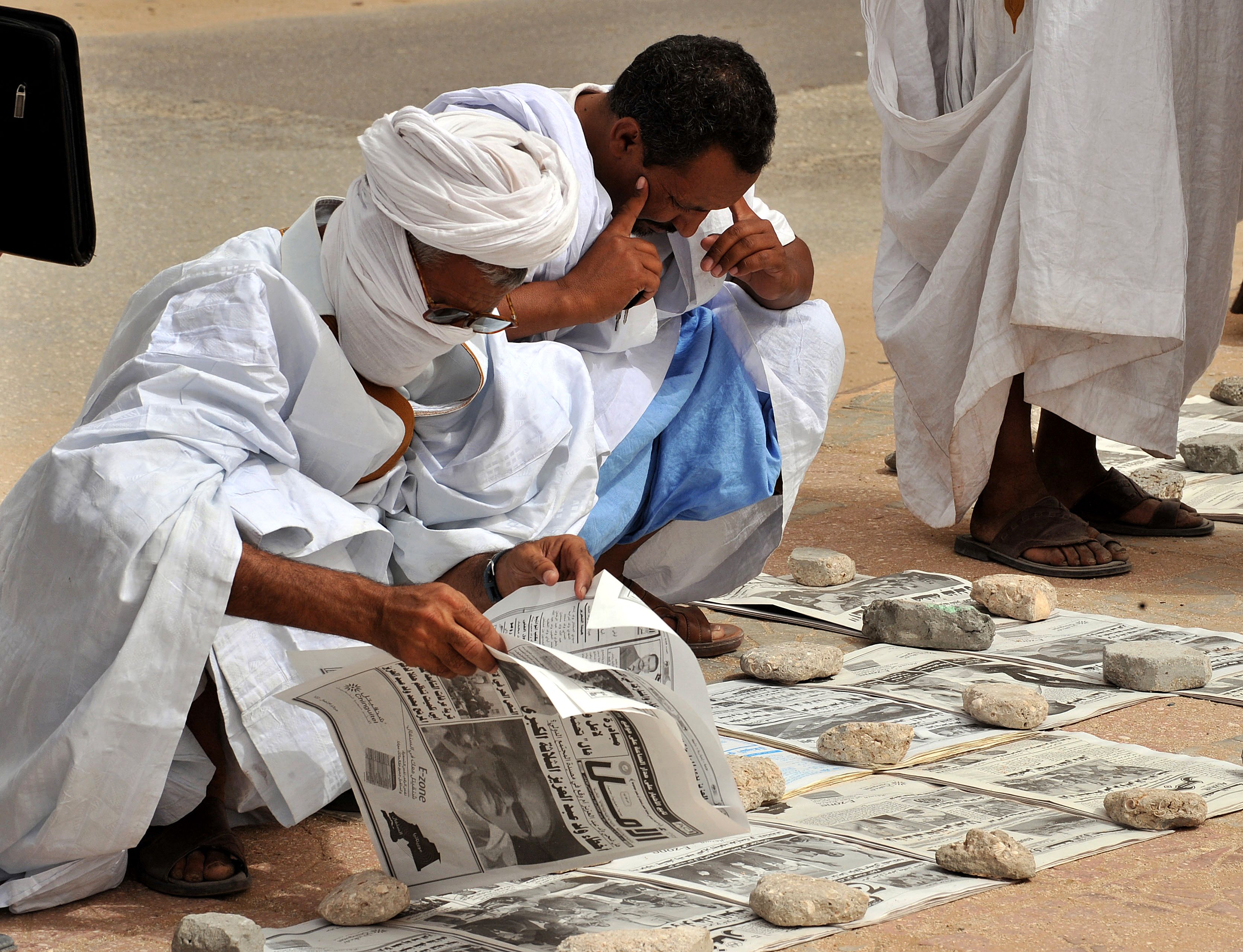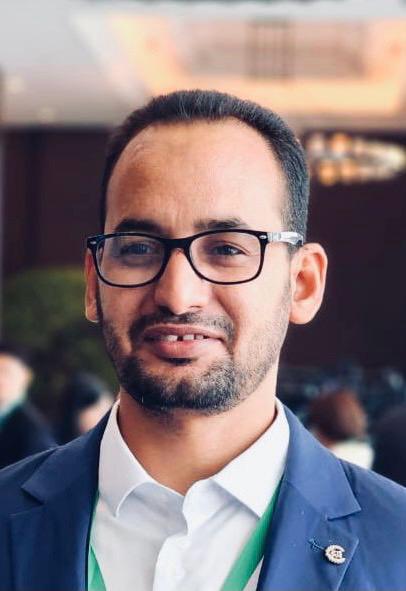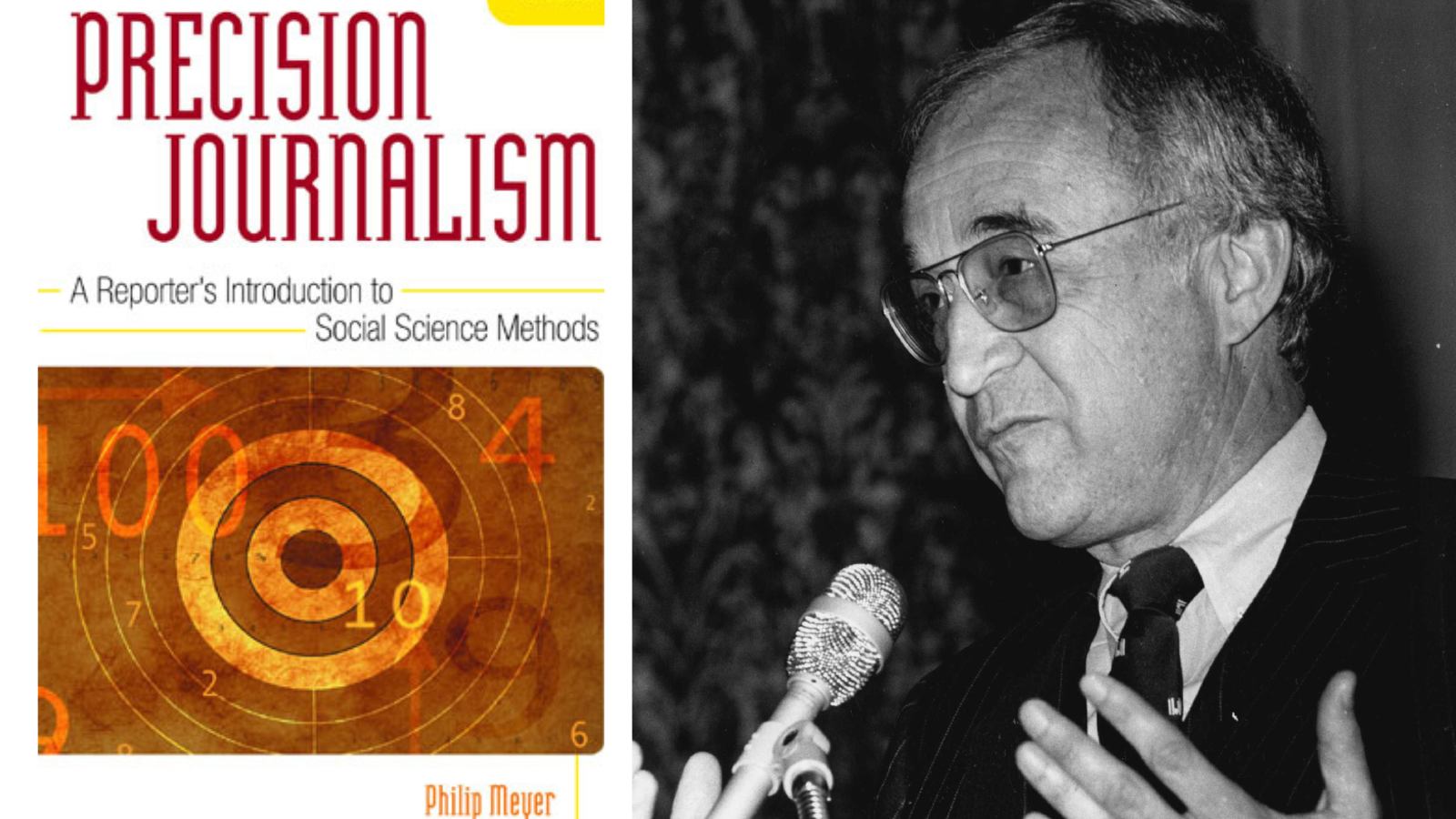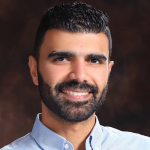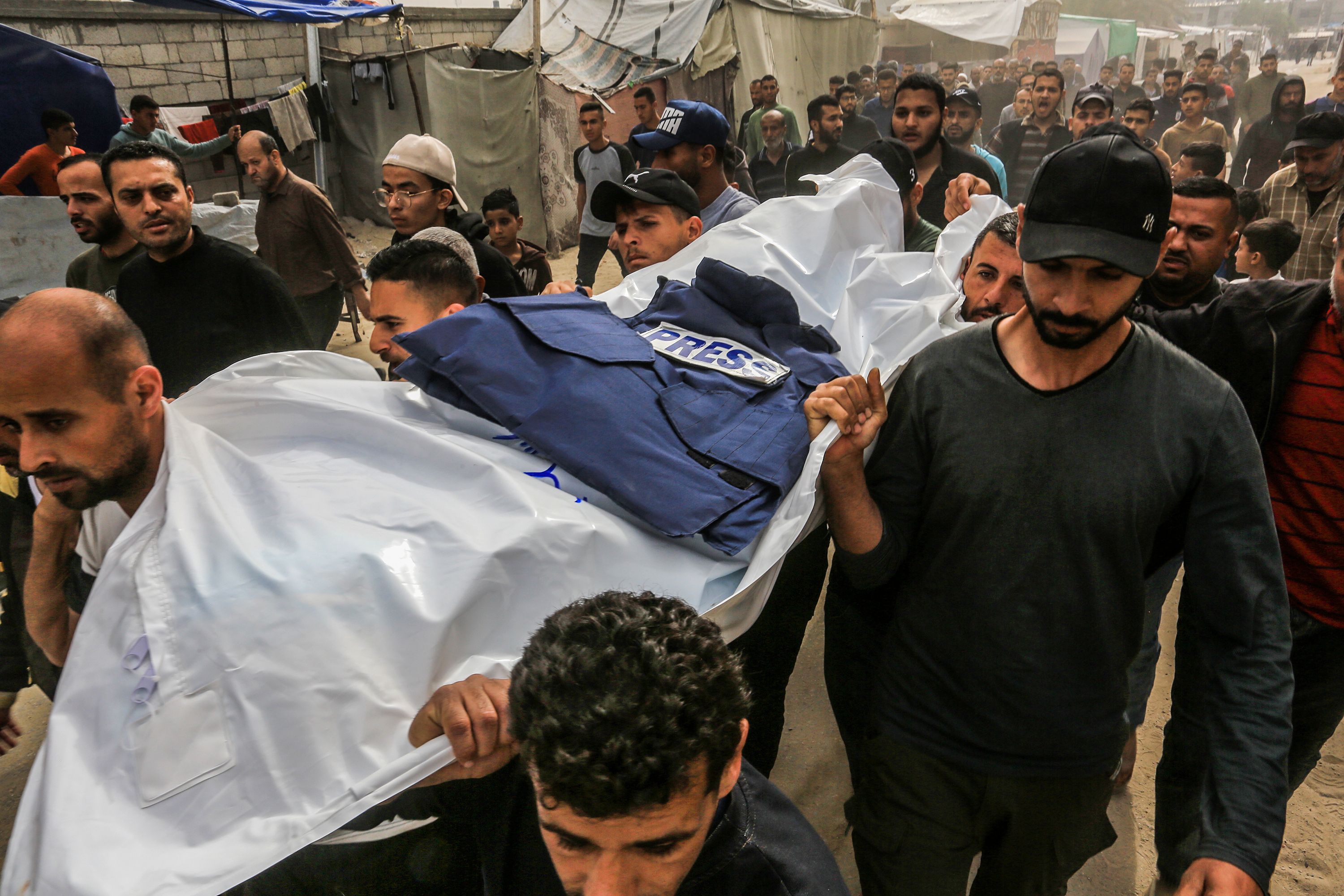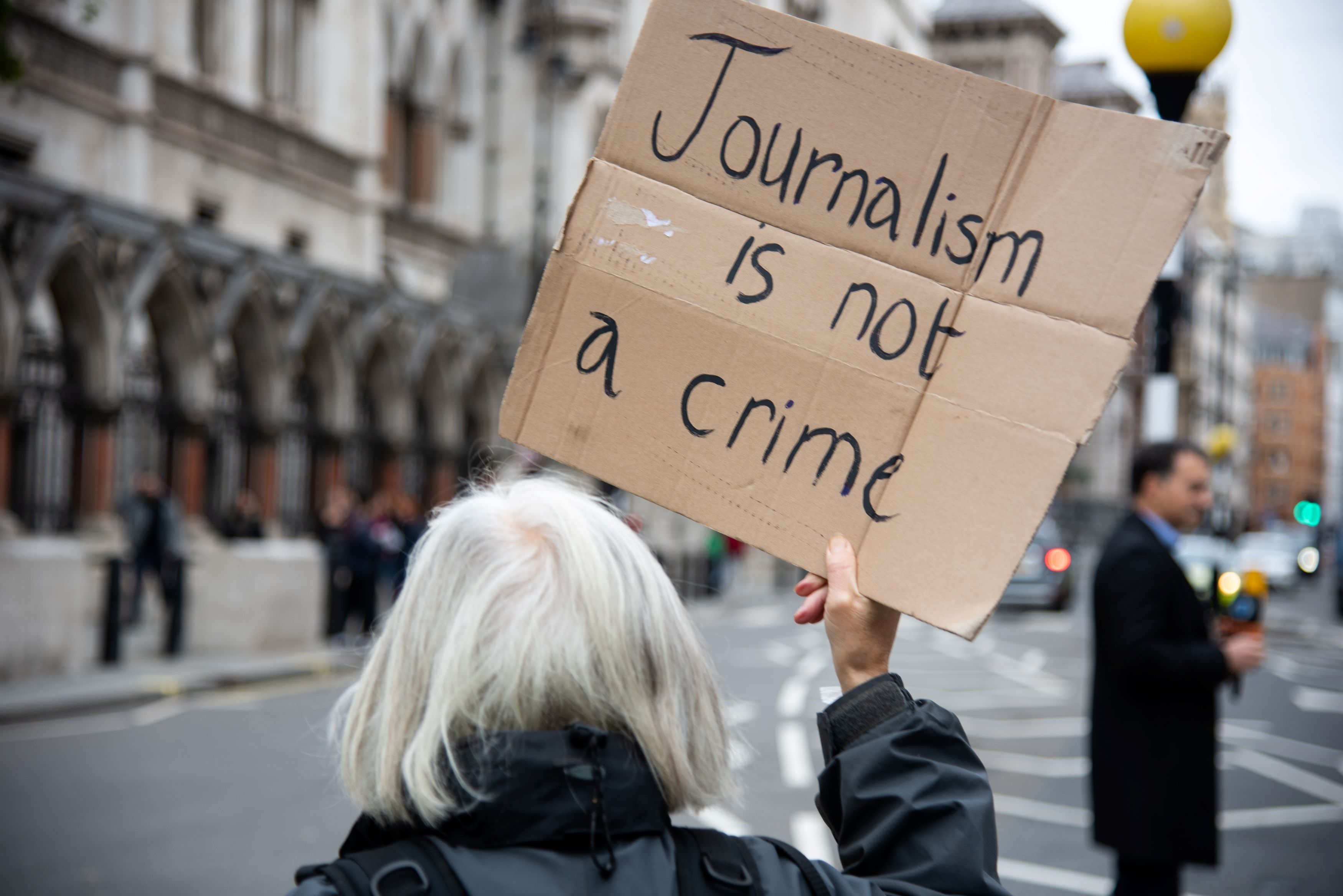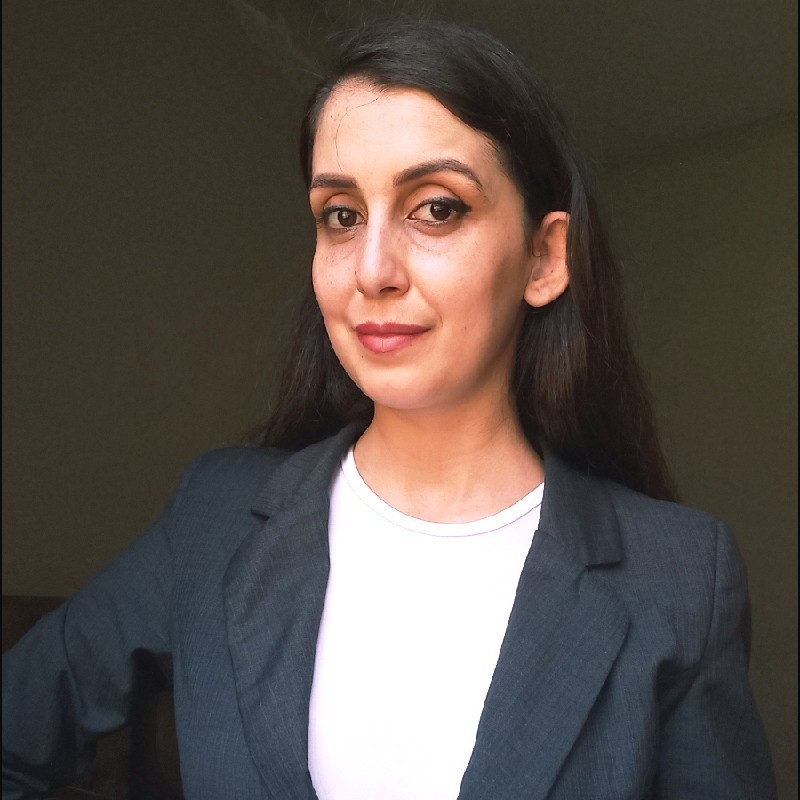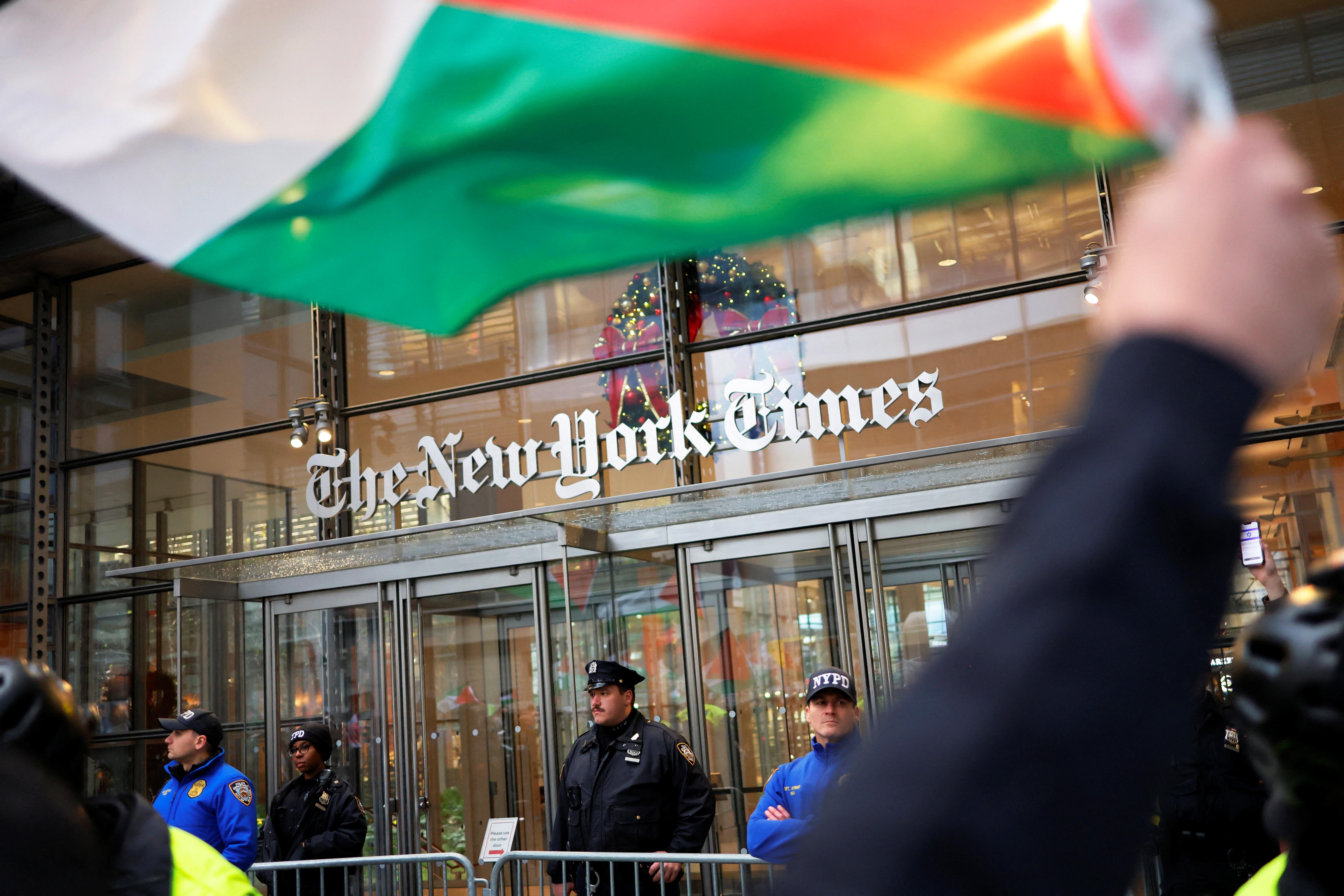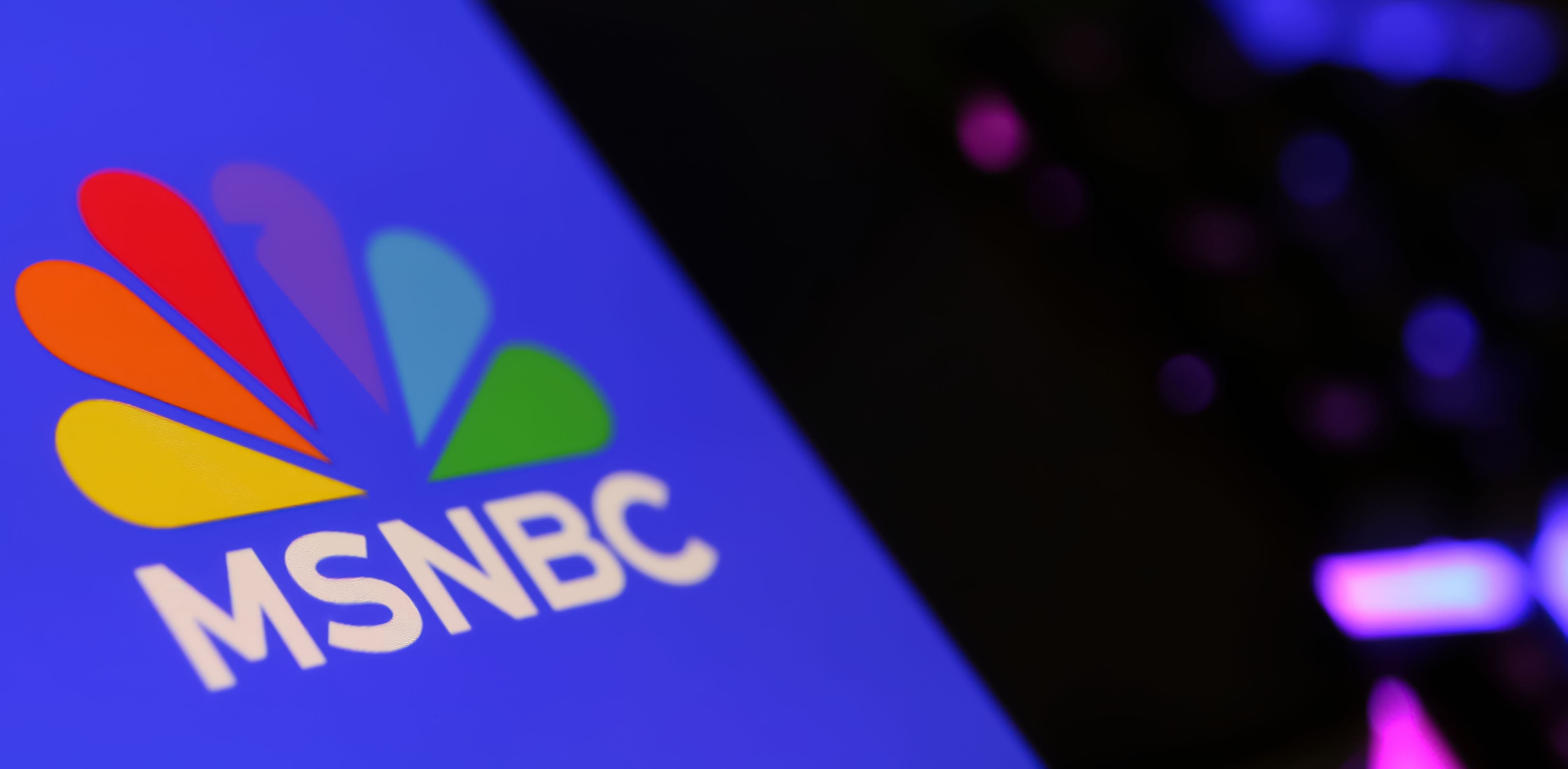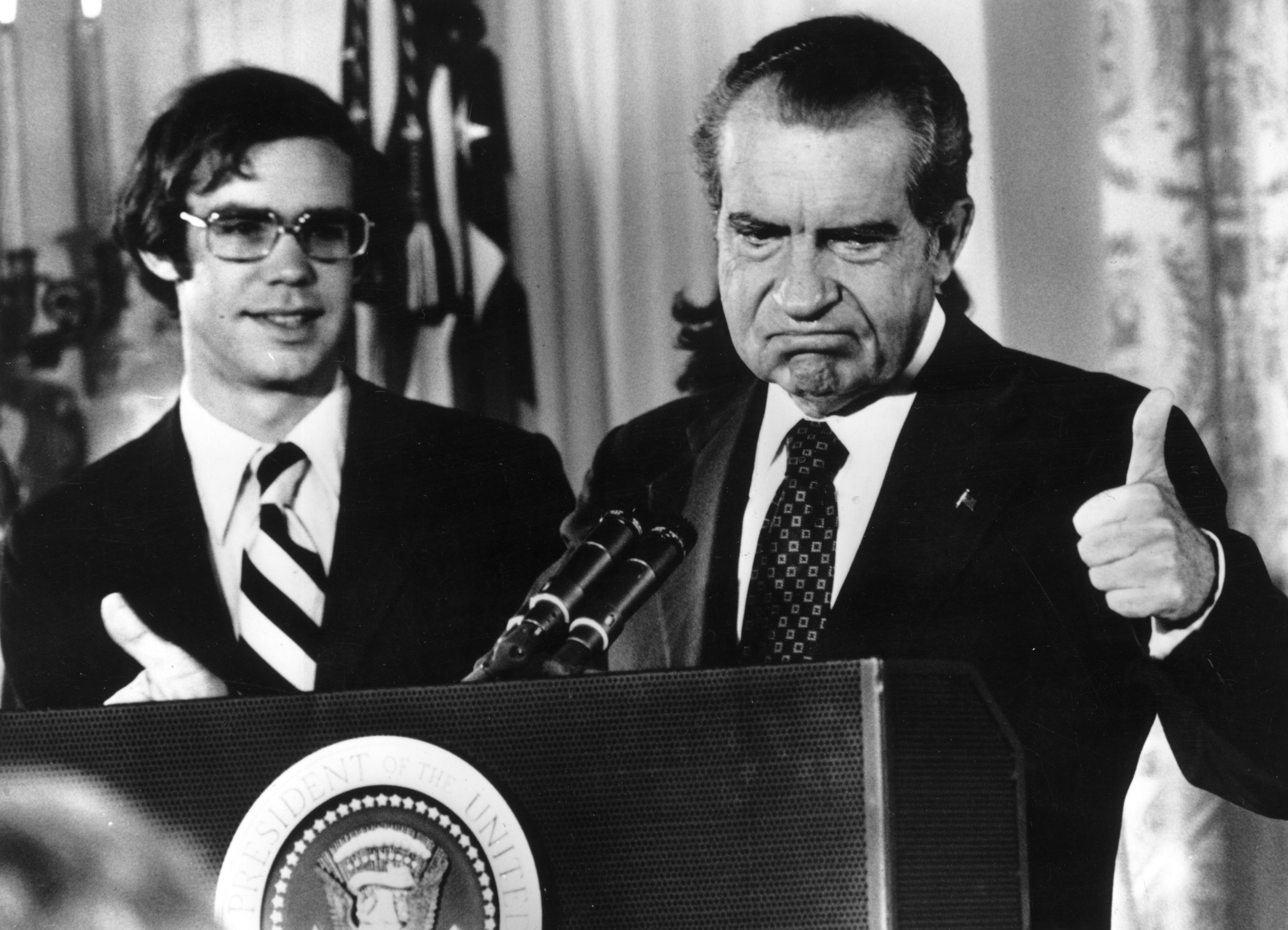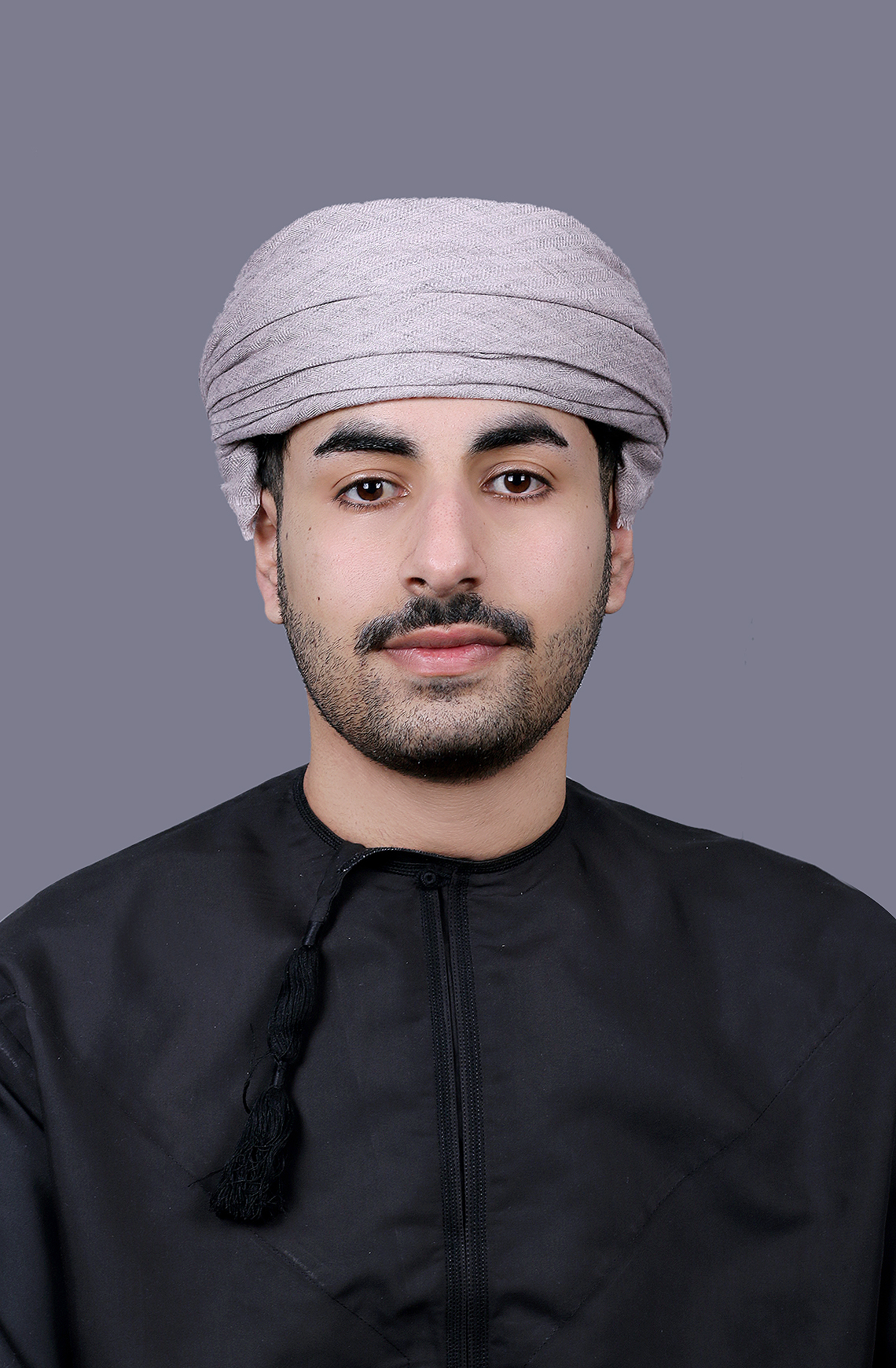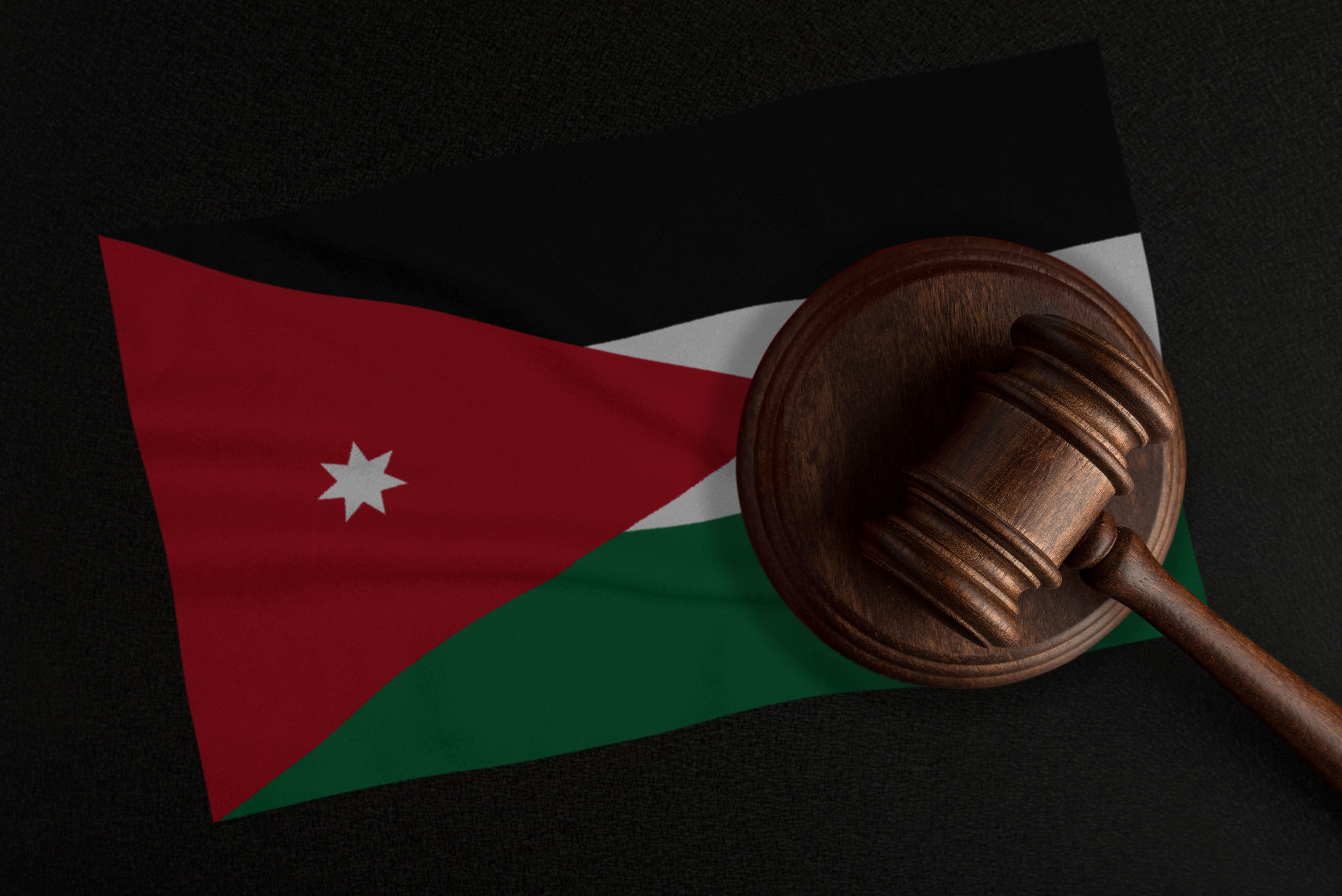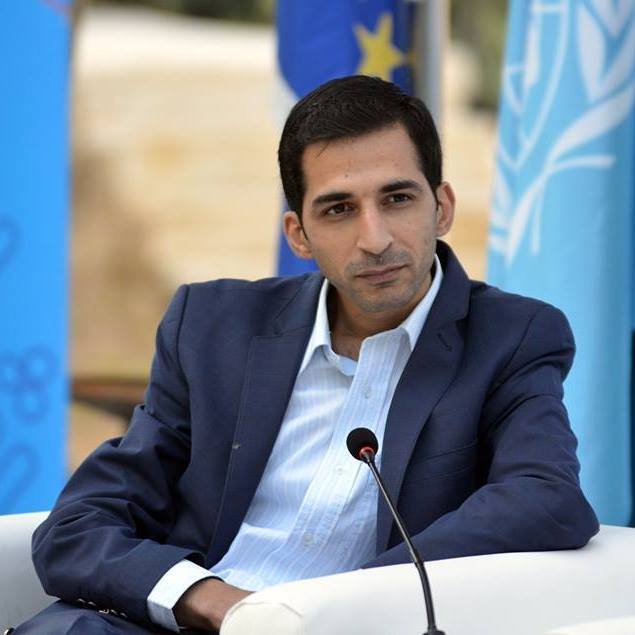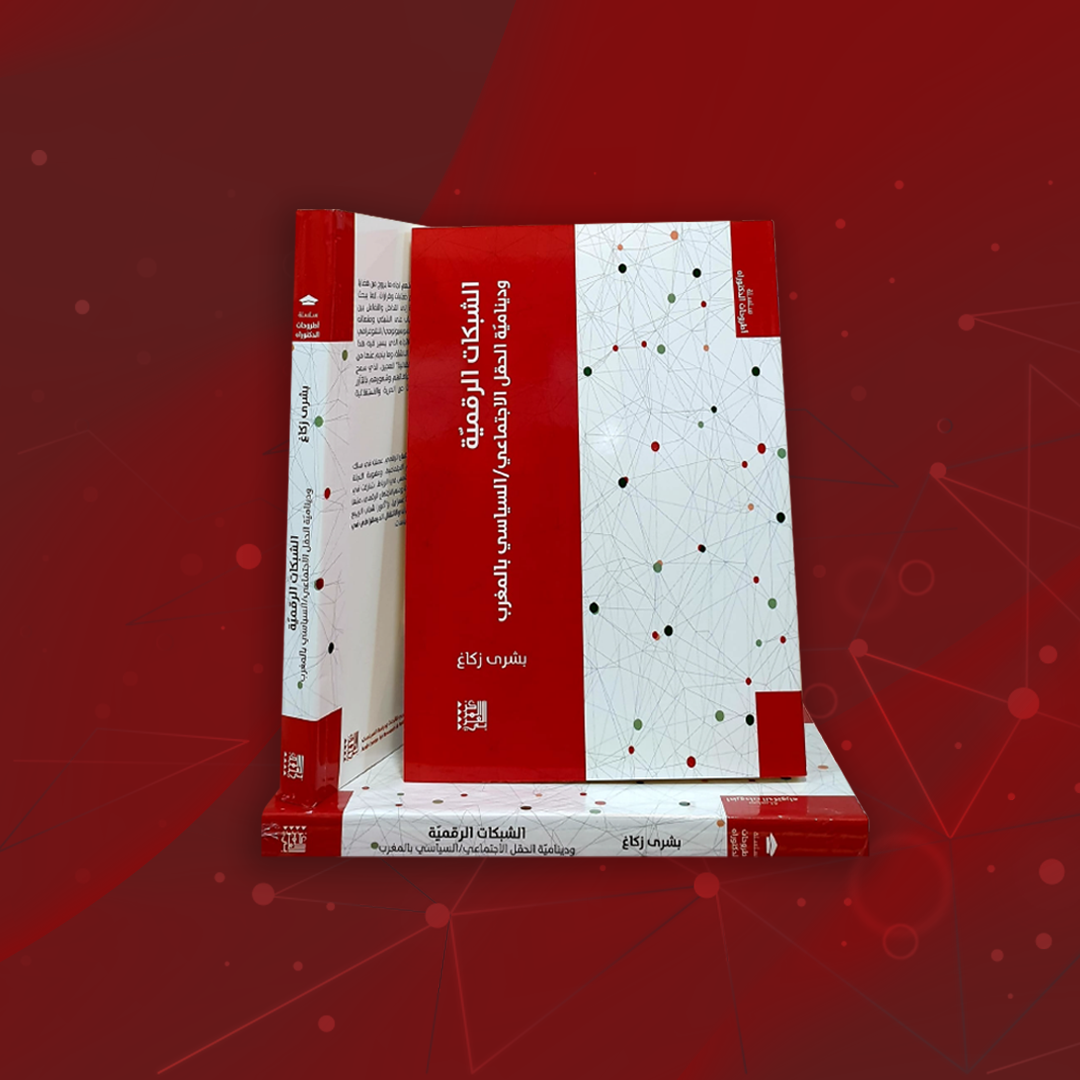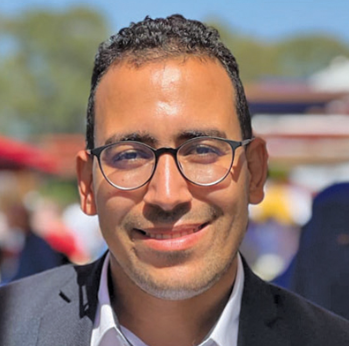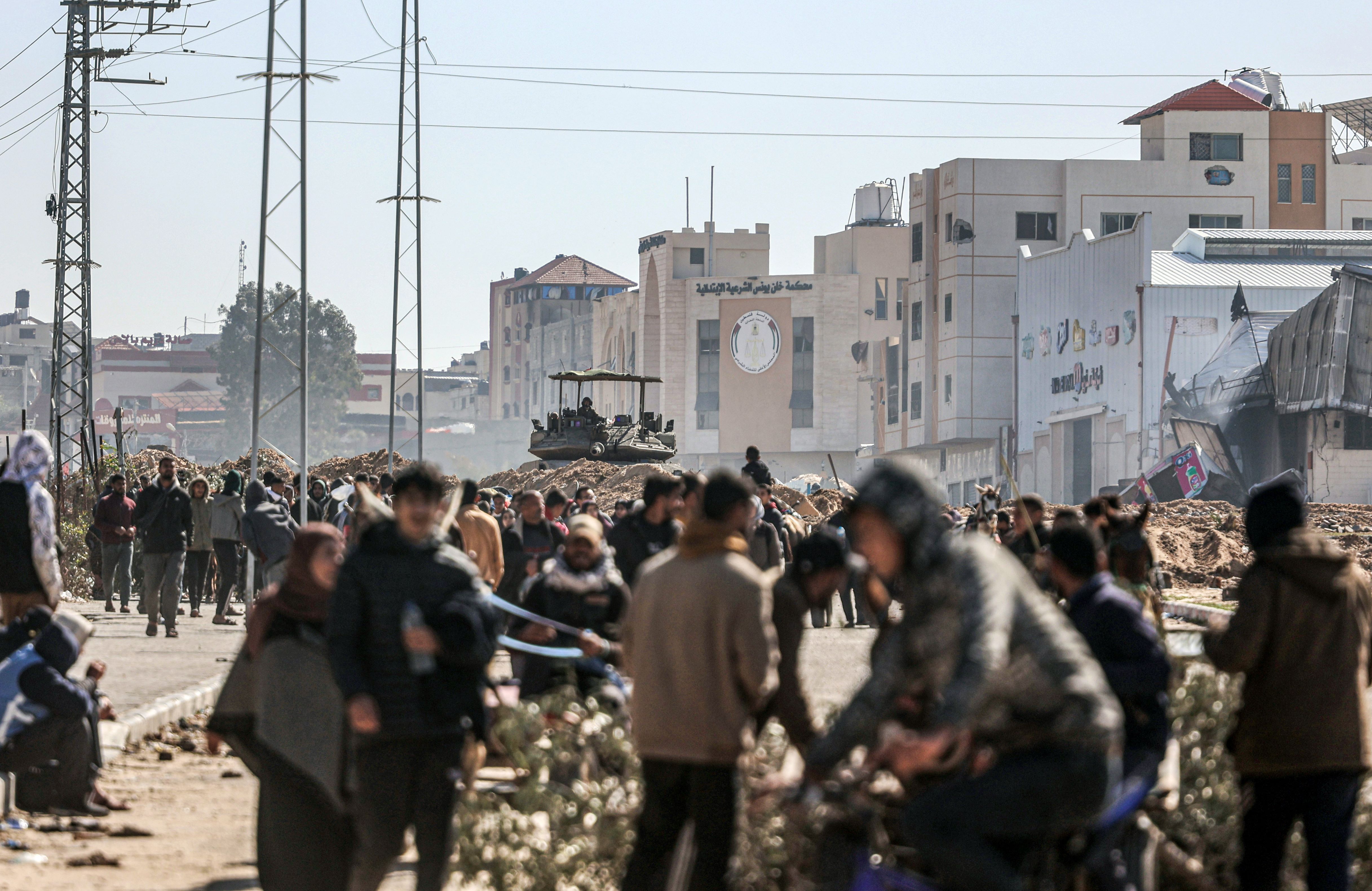Reflecting on the issue of protection of journalists under international human rights law (IHRL) and international humanitarian law (IHL), in times of peace and war, is a task that every journalist covering war or conflict should undertake. Familiarising oneself with relevant legal provisions can be at times tedious and confusing, but it is knowledge that could help you stay safe.
A review of the critical legal framework to be read before going into a war zone will be discussed in these pages. Section one clarifies how IHRL and IHL constitute a framework for the protection of journalists and their rights. It sheds light on the meaning of the notions of journalists, IHRL, IHL and the linkages between them. It also explains the presentation of the legal regime governing the protection of journalists. Section two will show that safety of journalists, notwithstanding the mentioned legal regime, continues to be a major concern and a challenge for the international community, particularly in the Arab world. This region is considered one of the most dangerous theatres of operation for journalists. It acquires some acuity, in view of the context of instability that the region faces.
I. IHRL and IHL as a Framework for the Protection of Journalists
Journalists are “men and women who present information as news to the audiences of newspapers, magazines, radio, television stations and the Internet.” Journalists include all media workers and support staff, as well as community media workers and “citizen journalists” when they momentarily play that role.”
Human rights (HRs) are basic rights and freedoms that are inherent to all human beings, whatever their nationality, place of residence, sex, national or ethnic origin, colour, religion, language, and any other status. They are codified in a set of international rules, established by treaty or custom, namely IHRL, on the basis of which individuals and groups can expect and/or claim certain behaviour or benefits from governments. Numerous non-treaty based principles and guidelines ("soft laws") also belong to the body of international human rights standards. IHL is a set of international rules, established by treaty or custom, which are specifically intended to solve humanitarian problems directly arising from international or non-international armed conflicts. It protects persons and properties that are, or may be, affected by an armed conflict, and limits the rights of the parties to a conflict to use the methods and means of warfare of their choice. While distinguished, the two sets of rules have some common features and objectives. Both IHL and IHRL strive to protect the lives, health and dignity of individuals and groups, albeit from different angles.
Journalists as human beings and by virtue of their profession and role have a strong linkage with HRs and IHL. They are holders of all basic human rights. They have a particular role in ensuring the protection of certain rights, notably the right to freedoms of opinion and expression, which are closely related. They are also considered as indispensable conditions for the full development of the person, essential for any society, and as necessary for the realisation of the principles of transparency and accountability that are, in turn, essential for the promotion and protection of human rights. Journalism is and must be seen as an activity and profession that constitutes a necessary service for any society. It provides individuals and society as a whole with the necessary information to allow them to develop their own thoughts and to freely draw their own conclusions and opinions. Journalists benefit from the protection of IHL, both as civilians not taking part in combat and given the importance of their role.
The Regime of Protection of Journalists Under International Law
All media professionals are entitled to rights to life, to liberty and security of person, fair trial, equality before the law, recognition before the law; rights to privacy, family and home; to physical integrity, et cetera. Attacks against journalists violating any of these rights and other prohibitions (for instance prohibition of torture; cruel, inhuman or degrading treatment or punishment; and enforced disappearance) constitute HRs violations. Some of them, including killing, torture and cruel, inhuman or degrading treatment, and enforced disappearance, may amount to international crimes entailing both State responsibility and individual criminal liability of perpetrators.
Understanding the rights journalists are entitled to in times of war, as well as the limits and restrictions to this protection is crucial. The same goes for the rights and freedoms recognised by national legislation. It gives you a clear view on what is and what is not allowed from a legal perspective when covering war and conflicts. Even if protection can only be guaranteed when conflicting parties respect international treaties that establish rules of warfare and all the instruments directed to protect journalists, having this information strengthens protection practices. Many journalists might not know what to do when arrested in a war zone or may assume that they have special protection, different from that which is provided to civilians. Understanding your rights is critical for every journalist working in the field.

a. The Right to Freedom of Expression
Journalists enjoy the right of everyone to “hold opinions without interference,” to “freedom of expression” that includes the “freedom to seek, receive and impart information and ideas of all kinds, regardless of frontiers, either orally, in writing or in print, in the form of art, or through any other media of his choice.”
The right to freedom of expression is not absolute. Its exercise “carries with it special duties and responsibilities” and it may “be subject to certain restrictions”. Such restrictions “shall only be such as are provided by law and are necessary: (a) For respect of the rights or reputations of others; (b) For the protection of national security or of public order or of public health or morals. International Covenant on Civil and Political Rights (ICCPR) provides in its article 20 that: 1) Any propaganda for war shall be prohibited by law and, 2) Any advocacy of national, racial or religious hatred that constitutes incitement to discrimination, hostility or violence shall be prohibited by law.” Journalists have to exercise their right to freedom of expression responsibly.
b. Prisoner of War
Under IHL, journalists are entitled to all the protections afforded to civilians in times of conflict. Article 79 of the AP I to Geneva Conventions (GC) provides that “Journalists engaged in dangerous professional missions in areas of armed conflict shall be considered as civilians” (…) and “be protected as such” under IHL, “provided that they take no action adversely affecting their status as civilians, and without prejudice to the right of war correspondents accredited to the armed forces to the status” provided for in Article 4 A (4) of the Third Geneva Convention. Article 4 (4) relates to prisoners of war, a notion that encompasses a number of categories including war correspondents, provided that they have received authorisation from the armed forces that they accompany. This means that war correspondents are entitled to prisoner-of-war status upon capture In fact, IHL distinguishes “civilian journalists” from “war correspondents” with which they should not be confused. War correspondents are journalists who accompany the armed forces of a State without being members thereof. They are civilians and may not be made the object of attack. However, war correspondents, unlike other journalists, are entitled to prisoner-of-war status upon capture. Closely related to war correspondents are “embedded journalists” referring to journalists who accompany military forces without being a member. In non-international armed conflicts, IHL makes no distinction between war correspondents and other journalists, and journalists have the same protection as other civilians.
Civilians are persons who are not members of the armed forces. Journalists, like other civilians, lose their protection against attack when and for such time as they take a direct part in hostilities (Article 79 (2) of Protocol Additional I to the Geneva Convention). Also, journalists, like any other person entering a foreign country, must respect that country’s domestic regulations concerning access to its territory. Journalists may lose their right to reside and work in a foreign country if they have entered illegally.
c. War Crimes
An intentional attack against civilians, including journalists, constitutes a war crime. Journalists will only lose this protection if they directly participate in hostilities. Participation does not include such activities as conducting interviews with civilians or combatants, taking still or moving pictures, making audio recordings or any of the other usual tasks involved in journalistic practice. Even dissemination of propaganda by a journalist does not amount to direct participation.
d. Obligations to Promote and Protect Human Rights of Journalists
The obligation to respect and to ensure respect of the human rights of journalists and other media professionals rests on the State as a whole. It encompasses a positive duty of states to ensure that persons are protected from any act that would impair the enjoyment of their rights, including by taking effective measures or exercising due diligence to prevent any harm caused by private persons or entities. This obligation to protect is particularly important in the case of threats and attacks made against
journalists by non-State actors who can also be held responsible for attacks against journalists. When violations of IHRL or IHL have been allegedly committed, states have a duty to investigate the allegations effectively and prosecute those responsible.
International law thus offers journalists the protection regime accorded to civilians in the context of armed conflict, of international or non-international character, with some specificity. In view of the threats that journalists have been facing in modern conflicts, some have argued that this protection needs to be enhanced by making it more specific and well-tailored, while others maintain that the existing protection should be enough if well applied. Whatever the best option, it is certain that the application of legal provisions relating to the protection of journalists on the ground has been ineffective in most cases, as is witnessed by the attacks against journalists, just as other civilians. According to the Special Rapporteur (SP) on freedom of opinion and expression the “problem with regard to continued and increasing violence against journalists is not a lack of legal standards, but the lack of implementation of existing norms and standards.”
II. Safety of Journalists: A Global Concern and a Challenge in the MENA Region
Safety of Journalists: An Increasing Concern for the International Community
The profession of journalism is not without danger. In fact, many journalists in the world have to struggle to get the information and to keep their freedom, or find themselves facing threats to their HRs, including their right to safety. While this is the case particularly in troubled areas, notably zones experiencing war or other forms of upheaval, it is far from being exclusive to such cases.
Local journalists are increasingly facing threats to their life and pay their freedom and their life in the course of duty, in addition to the challenges encountered by journalists in armed conflict situations that frequently draw the attention of the international community. They face daily challenges in situations that have not reached the threshold of an armed conflict, but may be characterised by violence, lawlessness and/or repression. Hence the increasing interest of the international community, notably the United Nations (UN), in taking measures to ensure the protection of journalists in both contexts of peace and war, usually as a response to calls from both journalism and human rights organisations.
The main UN organs dealing with human rights showed an increasing concern for the issue of protection of journalists in peace and war times. In December 2006, the Security Council declared that it is deeply concerned by the frequency of acts of violence in many parts of the world against journalists, media professionals and associated personnel in armed conflict, in particular deliberate attacks in violation of IHL.
The Council identified the issue of protection of journalists in armed conflict as urgent and important. It insists on the need to observe the applicable law calling upon parties to conflicts to respect their obligations under international law to protect journalists and civilians. The council singled out impunity for crimes committed against journalists in armed conflict as a significant challenge to their protection.
The resolution also stressed that ensuring accountability for crimes committed against journalists, media professionals, and associated personnel is a key element in preventing future attacks. Amongst the UN specialised organisations, the United Nations Educational, Scientific and Cultural Organization (UNESCO) has been very active in raising awareness on the issue of safety of journalists. UNESCO has spearheaded a group of UN agencies to elaborate a UN Plan of Action on the Safety of Journalists and the Issue of Impunity.
Non-governmental human rights organisations – including organisations dedicated to the protection of journalists such as Reporters Without Borders (RWB), Committee to Protect Journalists (CPJ), and the International Federation of Journalists (IFJ) – have been actively advocating for the protection of journalists and raising awareness on the issue of impunity of perpetrators of attacks against journalists.
In fact, the action of some of these organisations played some role in the placement of the issue of protection of journalists on the agenda of UN organs. Some regional organisations, notably the Organization of American States (OAS), the Organization for Security and Cooperation in Europe (OSCE) and the African Union (AU), have also put the issue of protection of journalists on their agenda.
In September 2014, the UN SR on freedom of opinion and expression and his counterparts from these regional organisations issued a joint statement on the issue of protection of journalists. The four experts called for improved international protection for anyone engaged in journalism, especially during conflict situations, and highlighted that journalists must be ensured the highest degree of protection by states and non-state actors.
Challenges of Protecting Journalists in the Arab world
Violence and threats to journalists are common in many regions of the world, particularly zones experiencing instability. Arab countries are no exception. During and after the Cold War, journalists in the region have been facing many challenges due to both the lack of guarantees of protection of HRs in general and conflict in particular in countries like Syria, Turkey, Lebanon and Iraq. North Africa has not been a safe haven for journalists either, for similar reasons. The civil strife in Algeria during the 1990s levelled a significant toll amongst journalists and media professionals, who were targeted by armed groups, further compounding the problem due to the lack of guarantees of freedom of expression that characterised the region for many years.
Since the beginning of the Arab uprisings in 2010 and the subsequent cycle of instability that ensued in countries such as Libya, Yemen and Syria, journalists have been increasingly a target of multiple forms of violence. Even in Tunisia, where important new gains in terms of freedom of expression have been achieved, threats to journalists remain a major issue. Tunis presents cases where security forces have resorted to physical violence and threats of violence to obstruct or try to intimidate journalists.
a. Before and After the Arab Spring
Arab countries that have been experiencing instability and conflict, before the Arab Spring, such as Iraq and Palestine, or after it, notably Tunisia, Yemen, Egypt and Syria, have all, at varying degrees, become dangerous places for journalists. Various data, including that of the CPJ, indicate that journalists and media workers have been deliberately targeted by harassment and violent attacks that sometimes led to the injury or killing of men and women journalists. According to CPJ, since 2003, 174 journalists have been killed in Iraq, and 16 journalists were killed in Israel and the Occupied Palestinian Territories since 1992. In Egypt, 11 journalists have lost their lives since 2011, which has become one of the world's worst detainers of journalists over the last six years.
In 2014, two Tunisian journalists were kidnapped in Libya reportedly by elements of Islamic State group and are still missing. In Libya, journalists and media professionals have since 2011 been subjected to detention, threats and attacks that sometimes led to death and injury. In February 2011, the Libyan government arrested several pro-democracy activists and journalists in the first half of February 2011 in an effort to quell the protests. The United Nations Support Mission in Libya (UNSMIL) and Office of the United Nations High Commissioner for Human Rights OHCHR reports featured cases of women journalists being subject to violence and intimidation in relation to their work. A recent report of OHCHR on Libya concluded that the country continues to be one of the most hostile places for journalists. Journalists have faced serious harassment and death threats, and some have been subjected to arbitrary detention, abduction and attempted assassination. Female journalists have been targeted on the basis of their gender, and journalists also routinely face criminal prosecution for defamation and libel for writing on political matters. In Yemen, at least 12 journalists have lost their lives in relation to their work since 2010.
b. Challenges and Potential Solutions
The described picture shows an increasing threat to journalists in the region, notably during the last six years. This remains a fundamental HRs challenge for Arab countries and the world. In fact, such violence, in addition to jeopardising the respect of HRs such as freedom of expression and the right to safety and security, is also a hard blow with respect to the rules of IHL.
The insufficiency of protection of journalists remains primarily a problem of lack of implementation of relevant norms and standards at the national level. One of the challenges regarding the respect of HRs of journalists is the inadequate legislative framework in various countries that hinders freedom of expression as protected under IHRL, notably article 19 of ICCPR. In addition, there’s a lack of ratification of relevant international human rights instruments by states, and constitutional and legislative restrictions that can jeopardise the safety of journalists. While most countries have provided for constitutional guarantees for press freedom and freedom of expression, such guarantees have almost always been vitiated through qualifications in the constitutional text itself, such as caveats ‘within the limit of the law,’ by penal codes and other laws, as well as in practice.
A study reveals that in most Gulf Cooperation Council (GCC) countries legislation relating to criminal code, media, and cybercrime, limit communication and subjects journalists to a wide array of restrictions that go beyond what ICCPR permits. Such restrictions include the licensing of media outlets and journalists, a ban on criticism against rulers and public officials, prohibitions on contents that harm national economy, and mandates on truth in reporting and other overly broad prohibitions. It has also been argued that there is a fundamental misunderstanding of freedom of expression and its implications in many parts of the globe, particularly the Arab world. These and similar factors constitute a challenge to the above-mentioned rights of journalists in the region, subjecting them to arbitrary treatment such as imprisonment or closure of media outlets.
To tackle such situations, all relevant stakeholders have an important role to play. States have a primary responsibility because it is their first duty to ensure and respect the provisions of international law, prevent their violation, and punish the perpetrators of violations. This requires ratification of relevant international instruments and establishment of adequate legislative frameworks that guarantees effective protection in line with applicable human rights standards. In situations of armed conflict, where often armed groups are involved, such groups also have responsibility to observing international law and ensuring the protection of journalists. It is now well established “that all parties to an armed conflict, whether states or non-state actors, are bound by international humanitarian law, even though only states may become parties to international treaties.”
At the same time, the international community, represented by the UN and other international organisations, all have to increase their efforts and means to ensure a more effective respect of HR and IHL provisions relating to the protection of journalists. Such actors should work hand-in-hand with states to strengthen the legal regime and more importantly to ensure its effective implementation at domestic level. Journalists, media organisations and civil society also have a role to play. They need to continue fulfilling their role in protecting human rights with responsibility. They must organise to ensure their voices are heard and taken into account by all stakeholders. They need to be involved in the strategies of states and international organisations aiming to ensure a better protection of the rights of freedom of expression and HRs of journalists. Civil society organisations and human rights defenders also need to continue playing a role in advancing the vital cause of protecting journalists.
In order for the efforts of all these stakeholders to yield positive results, coordination and synergistic cooperation are vital. At the same time, a diversity of approaches and measures is needed for tackling the challenges:
1. Prevention through popularisation and diffusion of applicable international standards
2. Criminalisation of HR and IHL violations in domestic laws
3. Development of strategies for the protection of journalists in times of peace and war, at national, regional and global levels
4. Implementation of national and international law at domestic level and globally to fight impunity
All these measures need to be considered seriously to fight and eradicate the HR violations that we are witnessing on a daily basis. A human rights-based approach (HRBA), which takes into consideration the role of the duty bearers and rights holders, and takes into account gender and other relevant dimensions, needs to be used and implemented. At the same time, any developed strategy needs to be inclusive and participatory, involving all concerned stakeholders and including influential actors such as traditional and religious leadership representatives.
While these elements are relevant for all the regions of the world, the stakeholders in the Arab world need to create appropriate forums for resolving such problems, while drawing from the identified measures and approaches. There is a need for focus, concerted and coordinated action amongst the relevant actors in the region. Without a ‘home-grown’ action approach, all efforts will fall short. At the same time, cooperation with counterparts in other regions of the world can ensure an exchange and cross-fertilisation of experiences, which is also vital. Cooperation with international organisations such as the UN and the International Committee of the Red Cross (ICRC) needs to be developed and strengthened. Technical cooperation, dialogue, common approaches, synergy and common values grounded in international HRs standards and applicable international law should constitute the common language and the glue for ensuring positive results. The protection of journalists remains linked to the protection of HRs in general and the protection of civilians during armed conflict. Advancements in democracy, rule of law, HRs promotion and protection within Arab countries, all constitute a crucial and fundamental step, without which the protection of journalists may remain elusive.
References:
International Committee of the Red Cross. “What is international humanitarian law?” International Committee of the Red Cross, 31 December 2014. https://www.icrc.org/en/document/what-international-humanitarian-law. (accessed July 14, 2017)
"The Foundation of International Human Rights Law,” United Nations. http://www.un.org/en/sections/universal-declaration/foundation-international-human-rights-law/index.html (accessed July 14, 2017)
Committee to Protect Journalists. “1,246 Journalists Killed since 1992/Motive Confirmed.” CPJ. https://cpj.org/killed (accessed July 14, 2017)
“The News Manual: A Professional Resource for Journalists and Media.” The News Manual. http://www.thenewsmanual.net/Manuals%20Volume%201/volume1_02.htm (accessed July 14, 2017)
“Freedom of Expression and Public Order Training manual.” (Paris: UNESCO, 2015), p. 13.
International Committee of the Red Cross. “International Humanitarian Law and International Human Rights Law Similarities and differences.”. (ICRC, 2003)
ICRC, 2003, Ibid.
ICRC, 2003, Ibid. Thus, IHL rules deal with many issues that are outside the purview of IHRL, such as the conduct of hostilities, combatant and prisoner of war status, and the protection of the Red Cross and Red Crescent emblems. Similarly, IHRL deals with aspects of life in peacetime that are not regulated by IHL, such as freedom of the press, the right to assembly, to vote and to strike.
Human Rights Committee, General comment No. 34, Article 19: “Freedoms of opinion and expression.” (Geneva, 2011), para. 1.
Report of SR on right to freedom of expression and opinion, 4 June 2012, para. 4.
Article 19 of the IPCPR, para. 1 and 2.
Protocol Addition to the Geneva Conventions of 12 August 1949, and relating to the Protection of Victims of International Armed Conflicts (Protocol I), 8 June 1977. For a good review on the protection of journalists under IHL, See: Balguy-Gallois, Alexandre. “Protection des journalistes et des médias en période de conflit armé.” International Review of the Red Cross, Vol. 86, No. 853, March 2004, pp. 37-67. Also available in English at: https://www.icrc.org/eng/resources/documents/article/review/review-853-p37.htm (accessed August 11, 2017)
“Convention (III) relative to the Treatment of Prisoners of War." Geneva, 12 August 1949.” https://ihl-databases.icrc.org/applic/ihl/ihl.nsf/Treaty.xsp?action=openDocument&documentId=77CB9983BE01D004C12563CD002D6B3E (accessed August 11, 2017)
Rule 34 of customary IHL, 2016. https://www.icrc.org/customary-ihl/eng/docs/v1 (accessed July 14, 2017)
Rule 34 of customary IHL, 2016, Ibid.
According to Robert Geiss of ICRC, “Embedded journalists” are a modern term. It was apparently first used during the 2003 invasion of Iraq and has since gained widespread currency. It does not occur in any provision of international humanitarian law and, so far as I know, it is not clearly defined. (…) war correspondents are commonly, although not necessarily in all cases, equated with "embedded journalists". In order to become a war correspondent within the meaning of international humanitarian law, official accreditation by the armed forces is mandatory. Thus, if an "embedded journalist” has received the official accreditation then, legally, he is a war correspondent. At: How does international humanitarian law protect journalists in armed-conflict situations? 27-07-2010 Interview.
See also: Farthofer, Mag. Hilde. “Journalists in armed conflicts – Protection measures in the International Humanitarian Law.” Paper presented at the SGIR 7th Pan-European International Relations Conference, Stockholm, 9-11 September 2010, p. 1.
International Committee of the Red Cross. “Customary IHL—Chapter 1, Rule 5.” 2016. https://www.icrc.org/customary-ihl/eng/docs/v1_cha_chapter1_rule5 (accessed July 14, 2017)
International Committee of the Red Cross. “Customary IHL—Chapter 1, Rule 34.” 2016.
Office of the United Nations High Commissioner for Human Rights (OHCHR) Report on the Safety of Journalists, 2014.
Report of SR on right to freedom of expression and opinion, 4 June 2012, para. 65; Report of the Special Rapporteur on the promotion and protection of the right to freedom of opinion and expression, 11 August 2008, para. 83.
These challenges range from restrictions to movement, including deportations and denial of access into a country or a particular area; arbitrary arrests and detention, particularly during public crises or demonstrations; torture and other cruel, inhuman or degrading treatment or punishment, including sexual violence against female journalists; confiscation of and damages to equipment, information theft, illegal surveillance and office break-ins; intimidation, including summons to police stations for questioning, harassment of family members, death threats, stigmatisation and smear campaigns to discredit journalists; abductions or enforced disappearance to killings. See: Report of SR on right to freedom of expression and opinion, 4 June 2012, para. 48.
See, for instance: Report of SR on right to freedom of expression and opinion, 4 June 2012; The safety of journalists and the issue of impunity Report of the Secretary-General, 6 August 2015; Human Rights Council decision 24/116 on the panel discussion on the safety of journalists; Summary of the Human Rights Council panel discussion on the safety of journalists, 23 July 2014; GA resolution 68/163 on the safety of journalists and the issue of impunity (20 November 2013); Report of the OHCHR on the safety of journalists (A/HRC/24/23), 23 July 2014 [“OHCHR report of safety of journalists, 2014”]; and Technical assistance and capacity-building to improve human rights in Libya, HRC Resolution, 22 March 2016.
More recently, the Council, in its resolution 2222 (2015) on 27 May 2015, dedicated to the issue of protection of journalists in armed conflict, reminded the applicable law, reiterated its concern at the frequency of acts of violence in many parts of the world against journalists, media professionals, and associated personnel in armed conflict, reminded the important role they can play in the protection of civilians and conflict prevention.
Security Council Resolution 1738 on 23 December 2016.
Security Council Resolution 2222 on 27 May 2015. In this resolution, the Council also condemned the violations against journalists, reminded that journalists should be regarded as civilians, recognised the role of independent and impartial media for democracy and condemned impunity. It also reminded the responsibility of states to comply with the relevant obligations under international law to end impunity and to prosecute those responsible for serious violations of IHL and urged them to take appropriate steps to ensure accountability for crimes committed against journalists, media professionals and associated personnel in situations of armed conflict and through the conduct of impartial, independent and effective investigations within their jurisdiction and to bring perpetrators of such crimes to justice.
In November 2014, UNESCO published a report on the “Safety of Journalists and the Danger of Impunity” which included an analysis of the killings of 593 journalists, media workers or social media producers between 1 January 2006 and 31 December 2013. This generated a significant amount of public interest journalism and resulted in public condemnation of such killings by the Director-General of UNESCO.
“Safety of Journalists and the Danger of Impunity.” UNESCO. (Paris, 2014)
The UN Plan of Action on the Safety of Journalists and the Issue of Impunity was endorsed by the UN Chief Executives Board on April 12, 2012. The Plan was prepared during the 1st UN Inter-Agency Meeting on this issue, convened by the Director General of UNESCO at the request of the Intergovernmental Council of the International Programme for the Development of Communication (IPDC).
United Nations. “UN Plan of Action on the Safety of Journalists and the Issue of Impunity.” UN. http://www.unesco.org/new/fileadmin/MULTIMEDIA/HQ/CI/CI/pdf/official_do… (accessed August 11, 2017)
Press Statement, 1 September 2014.
See the report, “Sahaafa tahta attahdiid” (Media Under Threat), Annual Report on Violations on Tunisia Media/Journalists, prepared by Tunis centre for freedom of press, in collaboration with Open Society Foundations, Marsed and International Media Support, October-September 2013, pp. 49-61.
Tunis Centre for Freedom of Press. “Sahaafa tahta attahdiid” (Media Under Threat), Annual Report on Violations on Tunisia Media/Journalists. (Tunis: 2013), pp. 49-61
Committee to Protect Journalists. “In Tunisia, press freedom erodes amid security fears.” CPJ, 27 October 2015. https://cpj.org/reports/2015/10/in-tunisia-press-freedom-erodes-amid-security-fear.php#recommendations (accessed July 14, 2017)
Committee to Protect Journalists. “182 Journalists Killed in Iraq/Motive Confirmed,” CPJ, 2016. https://cpj.org/killed/mideast/iraq (accessed July 14, 2017)
Beiser, Elana. “China, Egypt imprison record numbers of journalists.” CPJ, 15 December 2015. https://www.cpj.org/reports/2015/12/china-egypt-imprison-record-numbers-of-journalists-jail.php (accessed Kuly 14, 2017)
Committee to Protect Journalists. “Journalists killed in Egypt since 1992.” CPJ, 2017.
https://www.cpj.org/mideast/egypt (accessed July 14, 2017)
Committee to Protect Journalists. “17 Journalists Killed in Yemen/Motive Confirmed.” CPJ, 2017. https://www.cpj.org/killed/mideast/yemen (accessed July 14, 2017)
Report of the International Commission of Inquiry on Libya, 2012, para. 76.
Office of the United Nations High Commissioner for Human Rights. “Human rights defenders under attack.” Report of UNSMIL/OHCHR, 25 March 2015, pp. 4-6.
Office of the United Nations High Commissioner for Human Rights. “Investigation by the OHCHR on Libya: detailed findings.” 23 February 2016, para. 236.
Office of the United Nations High Commissioner for Human Rights. “Investigation by the OHCHR on Libya.” Report of 15 February 2016, para. 50.
OHCHR, 2016, Ibid.
OHCHR, 2016 Ibid.
Report of SR on right to freedom of expression and opinion, 4 June 2012, para. 65.
United Nations Educational, Scientific and Cultural Organization. “World Trends in Freedom of Expression and Media Development: Regional overview of the Arab Region.” UNESCO, 2014, p. 8.
Duffy, Matt. “Arab Media Regulations: Identifying Restraints on Freedom of the Press in the Laws of Six Arabian Peninsula Countries.” Berkeley Journal of Middle East & Islamic Levant. 1 (2014), pp. 6. http://scholarship.law.berkeley.edu/cgi/viewcontent.cgi?article=1036&context=jmeil (accessed July 14, 2017)
According to Journalist Samar Fatany: “Unfortunately, the universal concept of the freedom of expression is not appreciated or understood in many parts of the world and in the Arab world in particular. Many governments do not conform to its principles and view it with suspicion. They continue to suppress the right of free speech through censorship, restrictive media laws, and the harassment of journalists, bloggers and activists who voice their opinions against human rights violations or major concerns that need to be addressed. Meanwhile, a majority of the public also fails to understand that the universal right of the freedom of speech is not absolute and that it is subject to limitations. The exercise of these rights carries “special duties and responsibilities”, and may “therefore be subject to certain restrictions” such as “respect of the rights or reputation of others” or “the protection of national security or of public order, or of public health or morals”. Fatany, Samar. “Arab world’s misunderstanding on free speech.” Saudi Gazette, 2 March 2013. http://english.alarabiya.net/views/2013/03/02/269126.html (accessed July 14, 2017)
“Freedom of Expression in Egypt and the Arab World, Annual Report 2015.” Arab Network for Human Rights Information, 2015. http://anhri.net/?p=159575&lang=en (accessed July 14, 2017)
Prosecutor v. Sam Hinga Norman (Case No. SCSL-2004-14-AR72(E)), Decision on preliminary Motion (Decision of Special Court for Sierra Leone); See also: Clapham, Andrew. “Human rights obligations of non-state actors in conflict situations.” International Review of the Red Cross, Volume 88 Number 863, September 2006, pp. 491-523.


